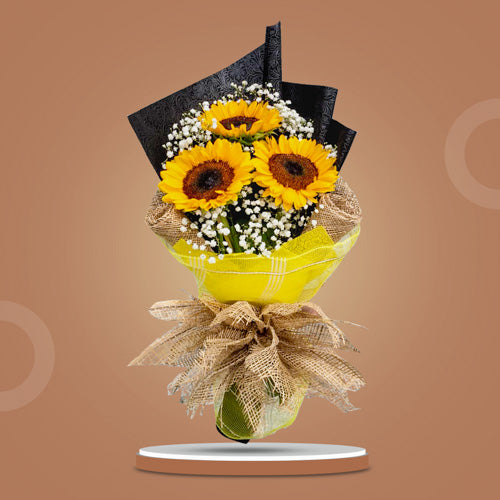A Brief History of Roses
Shakespeare once wrote, "Of all flowers, methinks rose is best," and this sentiment resonates with many people around the world. The rose has captured the hearts and minds of people throughout history, becoming a beloved symbol of love and beauty. In fact, Americans alone purchase a staggering 1.2 billion cut roses each year, and global gardeners are projected to buy 150 million rose plants in the upcoming growing season.
The rose, scientifically known as Rosa, belongs to the Rosaceae family and encompasses around 150 species. According to Greek mythology, the rose was named after Eros, the son of Aphrodite, the goddess of beauty. Legend has it that Aphrodite rearranged only one letter of her son's name to create the name "rose." Eros later gave the rose to Harpocrates, the god of silence, as a bribe to keep the gods' secrets. This association with mystery, silence, and love has endured throughout history.
Fossil records indicate that roses are one of the oldest flowers on Earth, believed to have originated in Central Asia. Over time, roses have spread across the northern hemisphere, and they can be divided into two historical-geographical groups: European/Mediterranean roses, including Gallicas, Albas, Damasks, Damask Perpetuals, Centifolias, and Mosses, and Oriental roses, including China and Tea roses.
Rose cultivation has a rich history dating back 5,000 years in Asia, with mentions of growing roses in the Imperial Gardens during Confucius' time. In ancient Egypt, Cleopatra favored roses and used them to seduce Mark Antony, filling her fountain with rose water and her chamber with rose petals. Even Persian King Nebuchadnezzar is said to have slept on a mattress filled with rose petals.
As the Roman Empire flourished, roses became synonymous with love, beauty, purity, and passion. Roman emperors would fill their baths with rose water, sit on rose-petal carpets, and use rose petals as confetti during banquets. The demand for roses was so high that peasants were compelled to grow them instead of food to appease the Roman elite.
During the early Christian era, roses were initially viewed as symbols of paganism and Roman oppression. However, their popularity grew over time, and roses became emblematic of Christianity, playing a significant role in its culture and literature.
The introduction of roses to Europe is credited to Alexander the Great or knights returning from the Crusades. During the Middle Ages, European monasteries preserved the legacy of roses, with at least one monk responsible for their care and knowledgeable about their virtues. In the 17th century, roses and rose water held such value that they were considered legal tender in Europe and used to pay off commoners' debts to royalty. Napoleon's wife, Josephine, was an avid rose lover and created an extensive rose collection at Chateau de Malmaison, boasting over 250 rose species.
The introduction of China roses into Europe in the late 18th century led to the creation of a new type of rose by crossing them with European/Mediterranean roses. This resulted in the "tea rose," named for the delightful fragrance resembling a cup of tea. Later, hybridizers mixed Damask roses with various species, producing the hybrid perpetual roses, known for their reblooming capabilities and popularity in the 19th century.
The mid-19th century marked a significant turning point in rose breeding with the cross between tea roses and hybrid perpetuals, giving rise to the modern hybrid tea roses. These roses, with their large blossoms in various colors and robust plants adorned with glossy green leaves, have become the epitome of the rose world.
In North America, roses are native, and they have played a role in American history. George Washington planted roses at Mount Vernon, Thomas Jefferson nurtured them at Monticello, and John Adams planted the first rose in the White House. The formal rose garden at the White House, still present today, was established during Woodrow Wilson's presidency.
The American Rose Society classifies over 40 different types of roses, divided into Old World Roses (introduced before 1867) and Modern Roses (introduced after 1867). Major modern rose groups include polyanthas, floribundas, grandifloras, and hybrid teas. Each type has its own characteristics and beauty, adding to the complexity and allure of the rose family.
Roses, with their delicate nature and the skill required to cultivate them successfully, continue to captivate and challenge gardeners. Perhaps our fascination with roses stems from the appreciation of things that are difficult to attain. Regardless, the rose remains a cherished flower, cherished for its beauty, fragrance, and symbolism of love.



